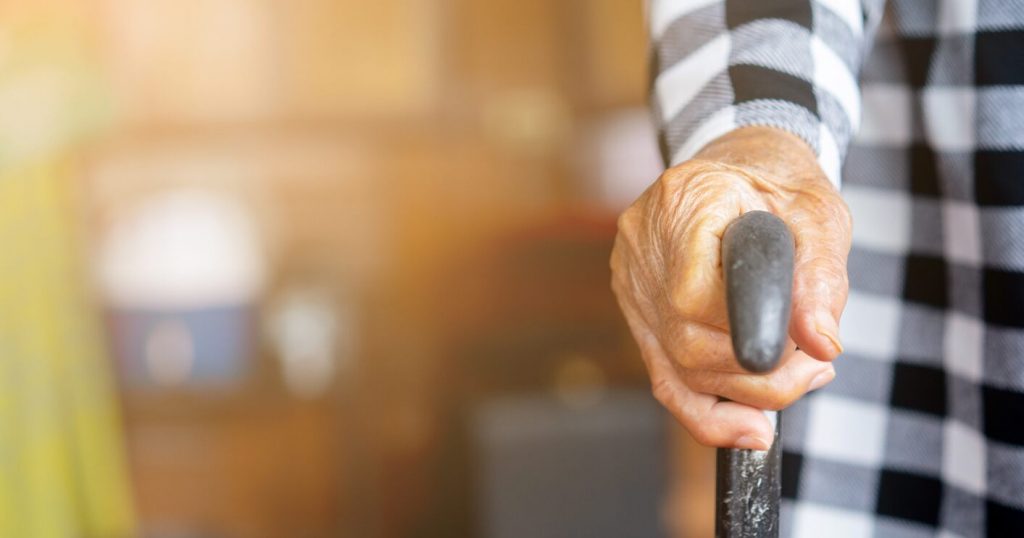Senior Living Blog

The world’s now scrambling for dry ice. It’s just one headache in getting coronavirus vaccines where they need to go
Vaccines like to be kept cool, none more so than the Pfizer candidate for Covid-19, which has to be deep-frozen. And that’s going to be an issue for developing countries — and for rural areas in the developed world. The “cold rain” is just one of the challenges in distributing vaccines worldwide. There are […]
November 25, 2020

Coronavirus infections rising in New Jersey nursing homes: report
Coronavirus infections among nursing home residents are ticking higher in New Jersey as the second wave has taken effect, per a report. State health records show cases at the Dellridge Health & Rehabilitation Center in North Jersey spiked from two infections in October to seven this week, a local outlet, NorthJersey.com, reported. The incidence of cases among […]
November 17, 2020

Missourians faced a health care gap, so they took matters into their own hands
Missourians faced a health care gap, so they took matters into their own hands Organizing for Medicaid expansion Missourians mobilized by the thousands to get Medicaid expansion on the ballot this year, a move that will impact 230,000 low-income residents in the “coverage gap.” For almost a decade, advocates in Missouri have been lobbying their […]
November 17, 2020

Trump administration set to announce Medicare and Medicaid will cover Covid vaccine
Trump administration set to announce Medicare and Medicaid will cover Covid vaccine The Trump administration is set to announce as early as this week that Medicare and Medicaid will cover out-of-pocket costs for a potential coronavirus vaccine that is granted emergency use authorization, according to a person familiar with the matter. Coming days before the […]
November 16, 2020

Inaccurate Census count could affect $1.5 trillion in federal funding
A census taker knocks on the door of a residence in August in Winter Park, Fla. Census workers visited households that hadn’t yet responded to the 2020 census. The consequences of an inaccurate census Highway construction. Food stamps. Rural education. Medicare. The federal government relies on data derived from the decennial census to distribute roughly […]
November 9, 2020
Let’s Break Down The Safest Ways To Vote In The 2020 Election
Make your safe voting plan, and stick to it. Election Day is Here Americans everywhere are off to the ballots to vote in one of the biggest elections of our lives. The stakes of this year’s election couldn’t be higher, and it’s more important than ever for all eligible voters to make their voices heard […]
November 3, 2020
